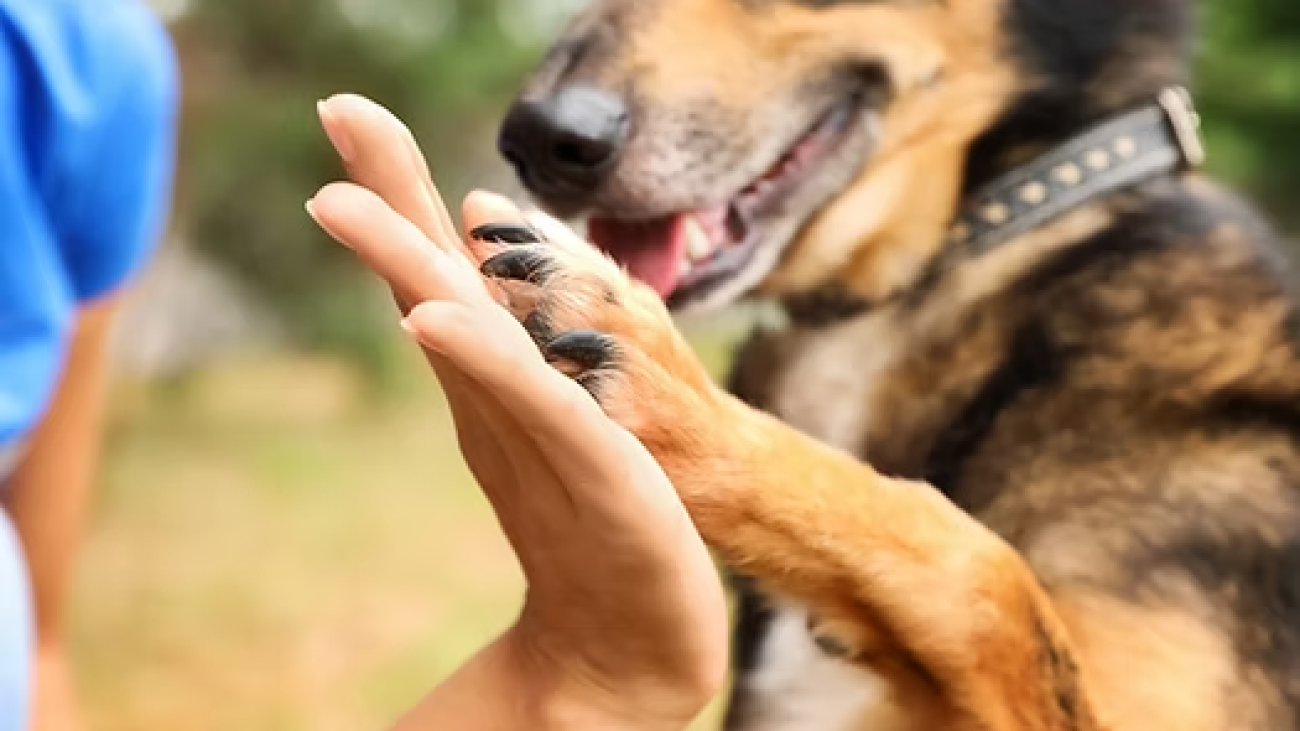Here you are again, signed up for another training class. It was the first one that popped up in your online search and seemed like a pretty good deal. You tell yourself it’s going to be different this time. You’re going to follow through.
But are you really
Changing your dog’s behavior does require you to change your behavior, at least somewhat. Your dog can’t train itself to behave as you’d like without your help.
Here are 7 ways to help you finish what you start and finally get results from your training program…
Be selective about who you train with.
Don’t sign up for the first class you see! Get on the phone with trainers. Make sure you vibe with them. You’re not going to want to spend time learning from somebody you don’t get along with. If your trainer is the kind of person you’d love to hang out with outside of training, you are far more likely to want to spend time with them and train your dog.
A good trainer should make you feel safe, understood, and supported. They’ll make training fun and keep you motivated to work towards your goals.
There is no better time than the present.
There’s really never going to be a perfect time to start changing your and your dog’s habits. There’s always going to be an unexpected expense or something to take your time and energy away from reaching your goals. That’s life. The only way your dog’s behavior is going to change is if you do something different. Stop putting it off and waiting for the right time to happen. There is no better time than the present.
Baby Steps.
You don’t have to change everything all at once and become some hardcore “alpha” of the house. Doing something is better than nothing. Working with a trainer to come up with a management plan to prevent unwanted behaviors from happening in the first place can make a world of difference. That will give you some relief from the barkey, growly, bitey behavior and you can fit training in when it’s more doable for you.
Quit being a perfectionist.
You’re going to make mistakes. Your dog is going to ignore your cue or have a complete meltdown if a trigger gets too close. These are not cues for you to beat yourself up, or throw in the towel and give up. Give yourself some grace and embrace that you are a student of your dog, forever learning from them. It’s going to take time for you to develop your skills and for your dog to learn to rehearse new habits automatically.
Track your progress.
Things that get tracked get improved. Keep a little notebook and write down what you did with your dog that day. Going back to look over your notes can show you just how far your dog is coming along.
Celebrate what you've done so far.
When you’re climbing a particularly steep incline of a mountain, you start to get tunnel vision and can only see the next few steps ahead of you. It might feel like you are barely able to put one foot in front of the other but if you turn around, you’ll see how far you’ve actually come. Reactivity training can sometimes feel the same way. Celebrating all of your little successes along the way gives you positive reinforcement. Positive reinforcement always makes behaviors happen again, and therefore you’ll be more likely to keep up with your training.
Don't force it.
If it’s really not working out. If you are making an honest effort but you feel like something is “off”, go with your gut. Training is an unregulated industry and it can be hard to weed out who is actually qualified and who is not. Some of the worst trainers have the highest ratings on Facebook and Google! If you feel uncomfortable with the training, or your dog shows a lot of stress signals during training, it’s not worth trying to make it work. Advocate for your dog and get the heck out of there. You aren’t a quitter, you are standing up for your dog, and that’s something you can be proud of!


